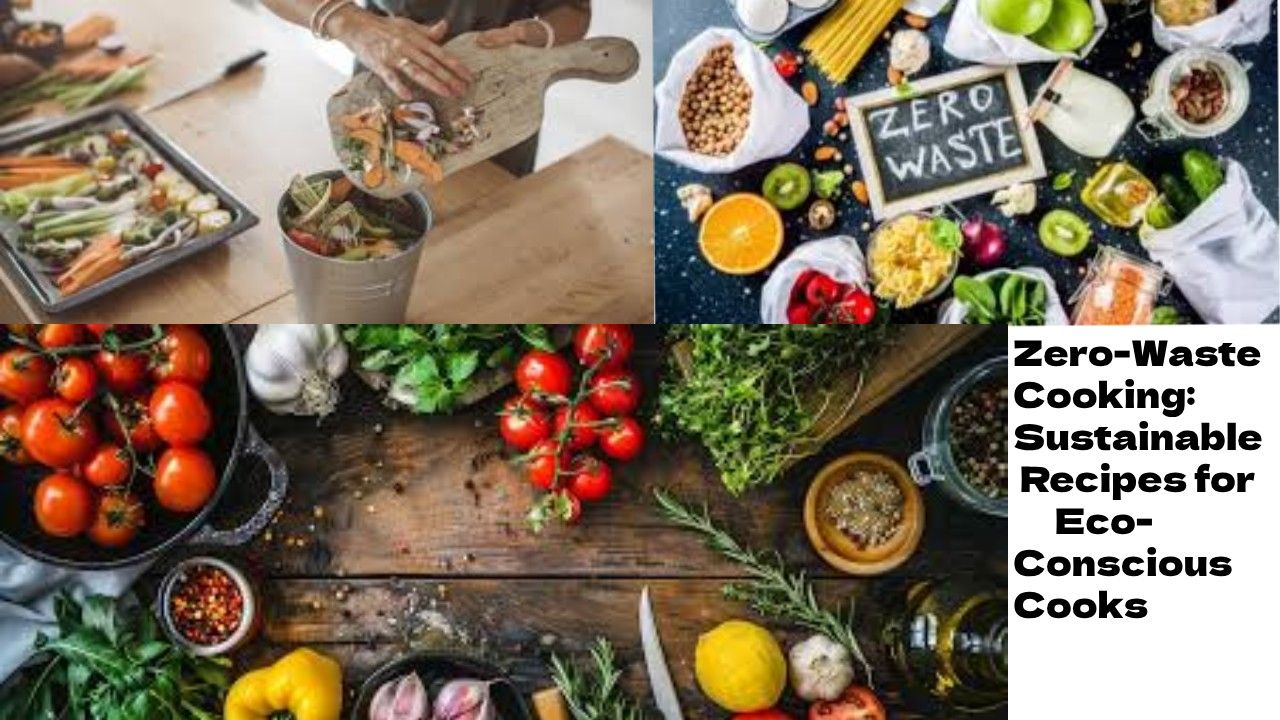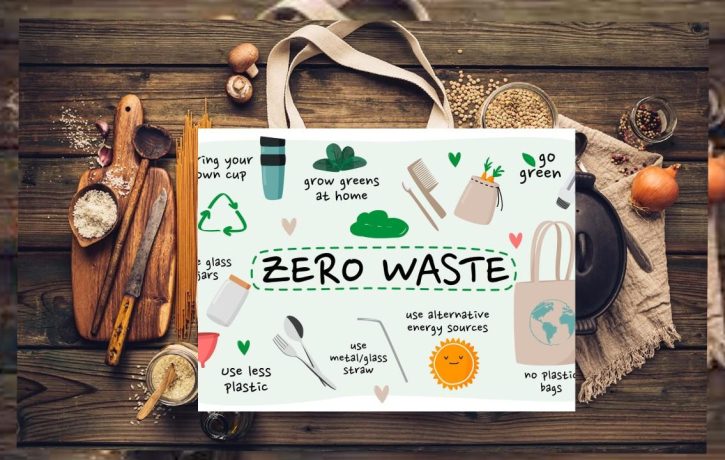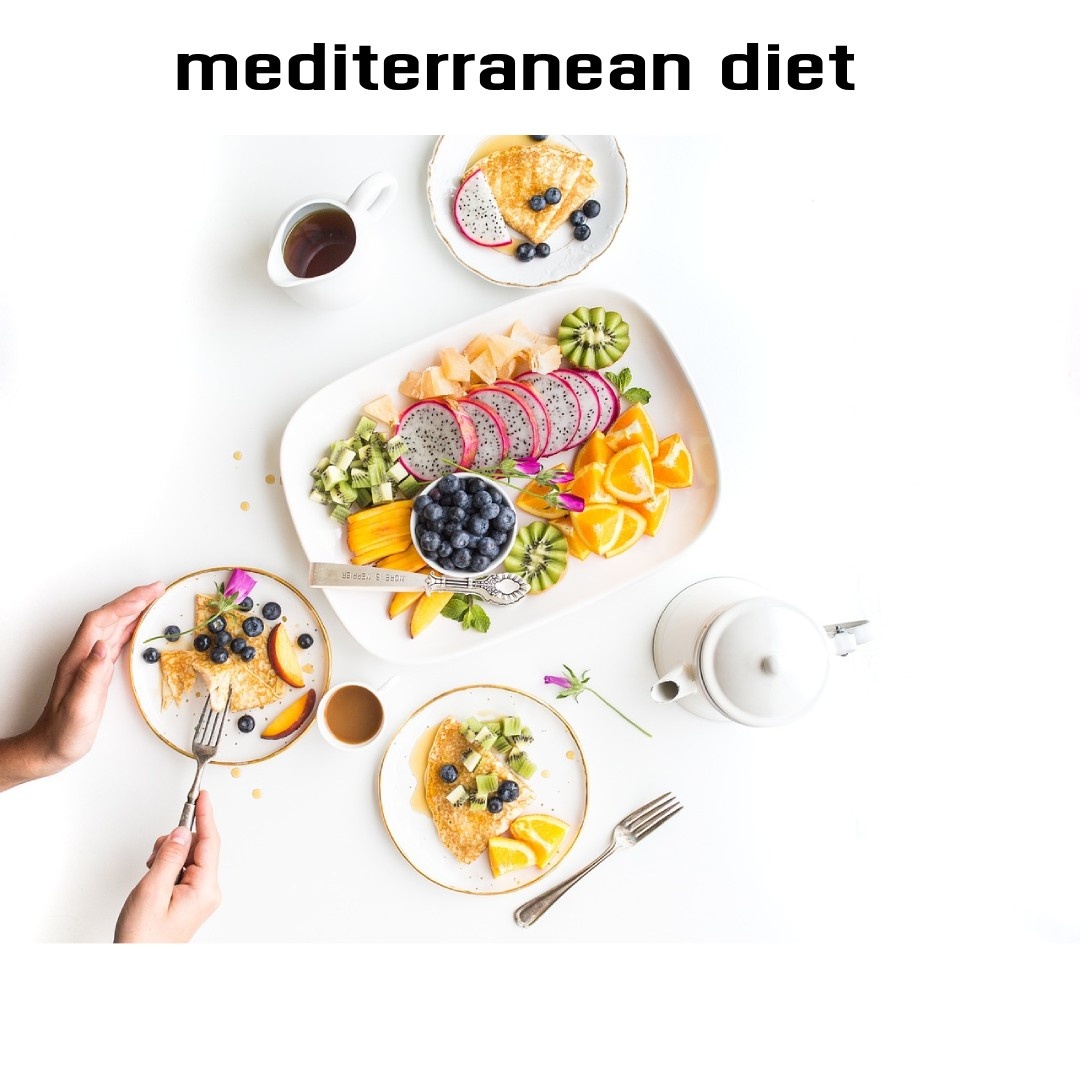
The modern kitchen can either be a hub of wastefulness or a sanctuary of sustainability—it all depends on how we approach cooking. Zero-waste cooking is not a trend; it’s a lifestyle that aligns with eco-conscious living. Through using ingredients to their fullest potential, we can reduce waste, save money, and contribute to a healthier planet. This guide goes into the principles of zero-waste cooking, practical techniques, and inspiring recipes that turn scraps into culinary delights.
Understanding Zero-Waste Cooking
The very essence of zero-waste cooking is the maximization of the value of every ingredient. Instead of peels, stalks, and even seeds going to waste, they’re used to create tasty dishes. This technique not only reduces the quantity of food sent to landfills but also points out the nutritional and flavor potential that usually gets ignored in the discarded parts. For an eco-conscious cook, zero-waste cooking is a great way to make a difference in reducing food waste.
The benefits of embracing zero-waste practices.
The impact of zero-waste cooking extends far beyond the kitchen. Food waste has a tendency to decompose upon sitting in landfills, release methane, and emit a highly potent greenhouse gas compared with carbon dioxide. You now directly contribute to lowering this emission by reducing food waste. This approach also contributes to mindful consumption, promoting buying only what you will need, using what is available, and stretching more out of your budget by incorporating leftovers and scraps.
Tips for Zero-Waste Cooking Success
To practice zero-waste cooking effectively, start by assessing your current habits. Plan meals in advance to avoid over-purchasing, and use a shopping list to stay focused on essentials. When preparing food, think creatively about how to use every part of an ingredient. For example, carrot tops can be blended into pesto, and potato peels can be baked into crispy snacks. Storing food properly also extends its shelf life, reducing spoilage.
Composting makes an excellent backup for unavoidable scraps such as eggshells or coffee grounds. Turning the leftovers into nutrient-rich soil closes the loop of sustainability in your kitchen.
Recipe for the Zero-Waste Cook
1. Scrap Vegetable Stock
Instead of throwing the vegetable peels, ends, or wilted greens, save them into a freezer bag. Once the bag is full, blend the scraps with water, herbs, and spices and gently simmer to make a rich flavored vegetable stock. This serves as a base for soups, stews, or risottos, adding depth to your dishes without wasting anything that would otherwise get thrown away.
2. Bread Pudding with Leftover Bread
Stale bread should not end up in the garbage. Convert it into a warm bread pudding by combining it with milk, eggs, sugar, and spices such as cinnamon or nutmeg. Add fruits, nuts, or chocolate for a tasty dessert or breakfast that turns leftovers into treasures.
3. Banana Peel Stir-Fry
Believe it or not, banana peels can be cooked into a savory dish. Clean the peels thoroughly and sauté them with onions, garlic, and spices. The result is a flavorful stir-fry packed with nutrients, proving that even unconventional parts of fruits can shine in recipes.
4. Herb Stalk Salsa Verde
Don’t throw away the stems of parsley, cilantro, or dill. Blend them with olive oil, garlic, lemon juice, and capers to make a vibrant salsa verde. This sauce is great for drizzling over grilled vegetables, meats, or pasta, demonstrating the versatility of herb stems.
Turning Leftovers into New Meals
Zero-waste cooking also involves turning leftovers into exciting new dishes. For example, last night’s roasted vegetables can transform into the filling of a quiche or even cooked rice become fried rice with some added eggs, soy sauce, and vegetables. Even leftovers from pasta can be recycled in the frittata or pasta bake. The most important thing is to start looking at leftovers as raw ingredients for your next masterpiece instead of boring repeats.
Turning Zero-Waste Cooking into a Lifestyle
Truly embrace zero-waste cooking as a family affair. Teach the kids how to use scraps creatively or how composting works. Share surplus food with friends, neighbors, or community food banks to prevent excess from going to waste. Joining local groups focused on sustainable living can provide inspiration and support for your journey.
Experiment, too. Zero-waste cooking is about creativity, so you’re forced to come up with new flavor combinations and techniques. These habits become second nature over time, and your kitchen becomes a model for sustainability.
A Greener Future Starts in Your Kitchen
Zero-waste cooking is a powerful step toward reducing our environmental impact. It challenges us to think differently about food and its value while fostering a deeper connection to what we eat. By making small changes, like using scraps, repurposing leftovers, and composting, we can collectively make a difference in reducing food waste. The kitchen is where sustainability begins—so let’s start cooking for a better tomorrow.








